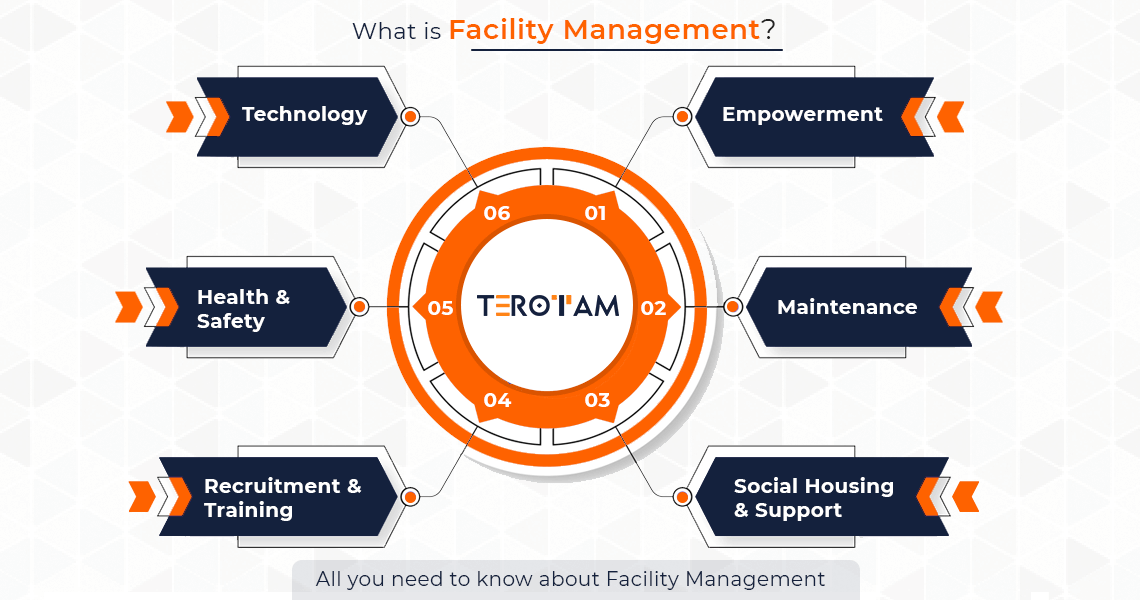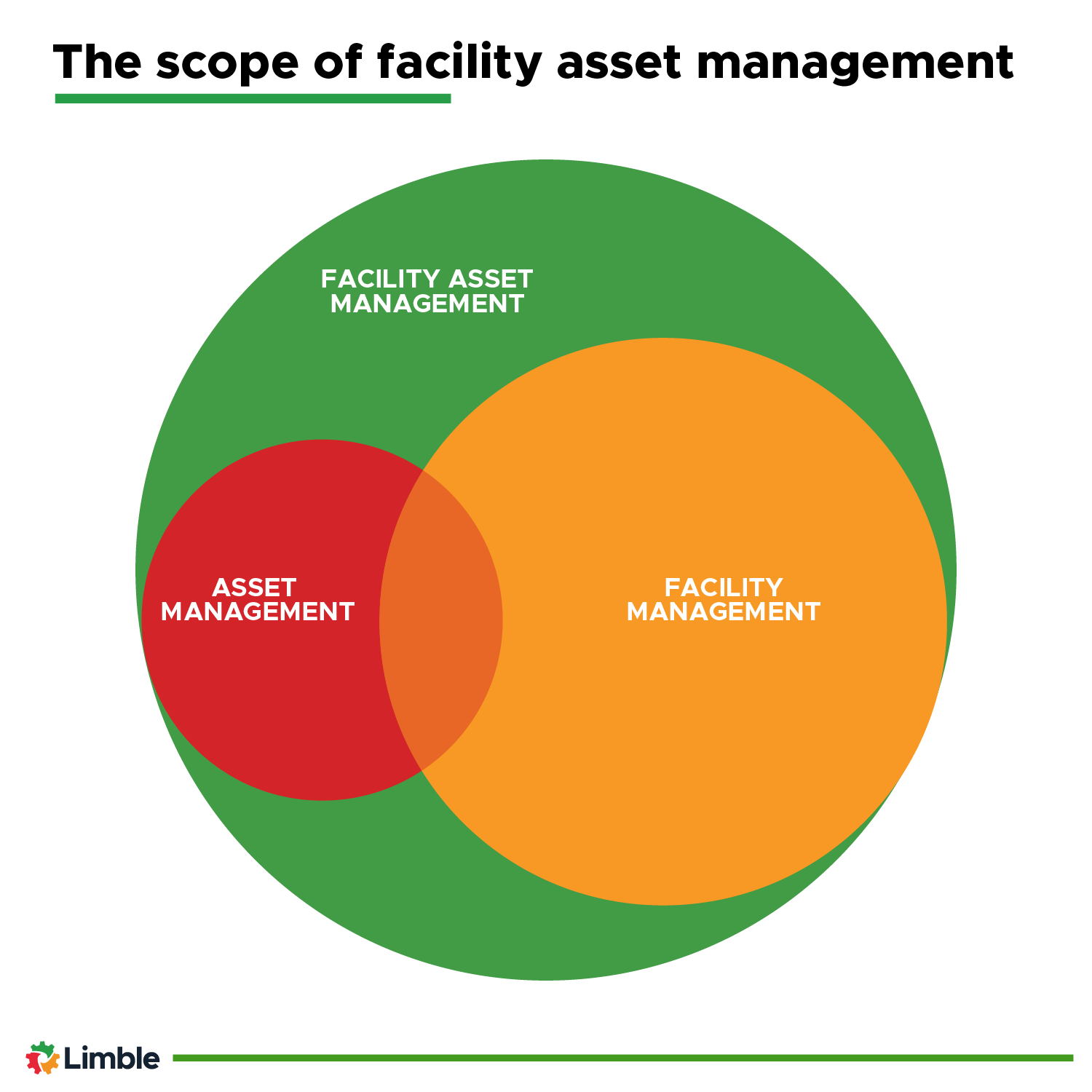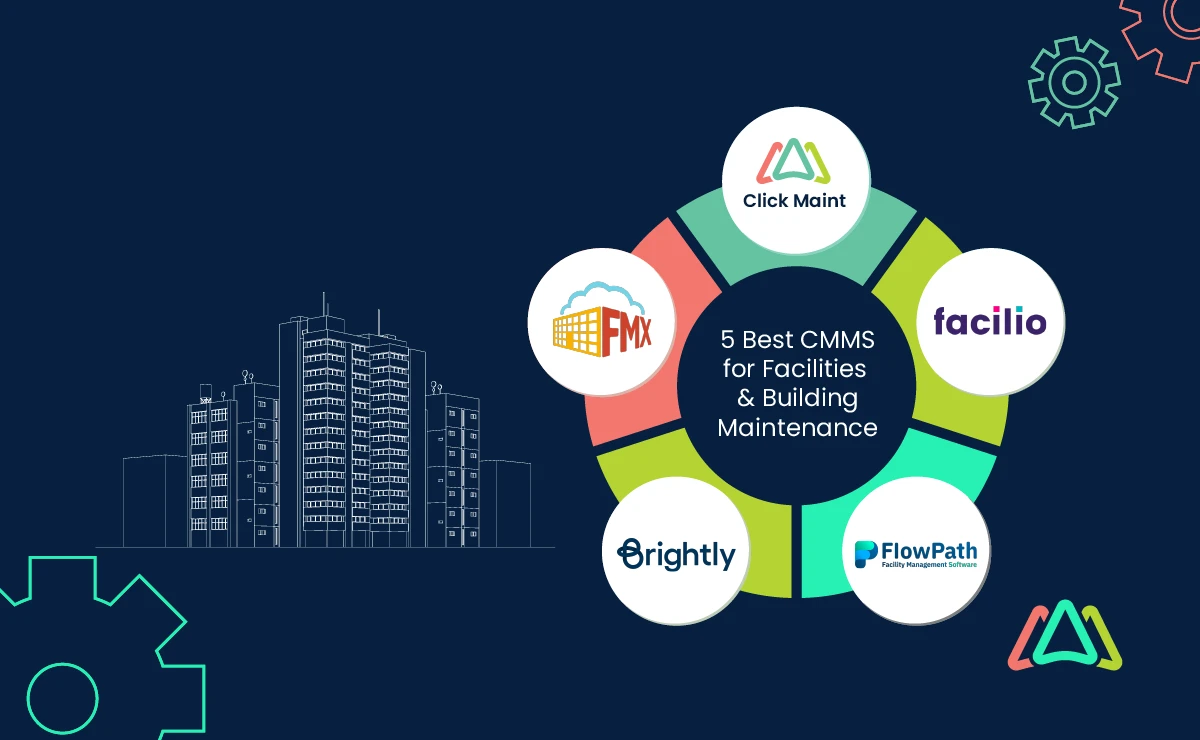Why Facility Management is Crucial for Asset Durability
Why Facility Management is Crucial for Asset Durability
Blog Article
Secret Fads Shaping the Future of Facility Management in 2024
As we look ahead to 2024, the landscape of facility management is positioned for substantial change, driven by numerous vital fads. The combination of smart structure innovations and a shift towards data-driven decision-making assurance to boost functional performance while prioritizing sustainability in practice. The introduction of hybrid work versions is reshaping office environments, necessitating innovative style solutions that cater to advancing worker needs. Amidst these changes, the concentrate on owner health proceeds to get traction, highlighting the relevance of a healthy and balanced work environment. How these trends will show up in practice stays a critical concern for market specialists.
Smart Structure Technologies

Smart building innovations incorporate a broad array of systems, including smart illumination, heating and cooling controls, and protection systems. By incorporating these systems, facility supervisors can check and readjust parameters in real-time, resulting in substantial reductions in energy waste and functional costs. Smart sensors can detect occupancy degrees and readjust lighting and temperature accordingly, guaranteeing that power is only utilized when required.
Moreover, these innovations help with boosted information collection, enabling organizations to track use patterns and identify possibilities for additional renovations. The implementation of clever building modern technologies not only contributes to sustainability objectives but likewise develops much healthier workplace that can boost staff member performance and complete satisfaction.
As we relocate into 2024, the adoption of clever structure technologies will likely accelerate, mirroring a broader change towards more smart, receptive, and lasting center monitoring techniques.
Data-Driven Choice Making
Significantly, organizations are leveraging data-driven decision making to boost facility management methods. By taking advantage of data analytics, center managers can obtain actionable insights that significantly boost operational efficiency and source allowance. The assimilation of innovative innovations, such as IoT sensing units and real-time surveillance systems, makes it possible for the collection of large amounts of data on building efficiency, occupancy rates, and power usage.
This wealth of info enables center supervisors to determine fads, forecast maintenance needs, and proactively address issues before they escalate. Predictive analytics can anticipate equipment failures, decreasing downtime and repair work expenses. Furthermore, data visualization tools assist in better communication amongst stakeholders, making sure that informed choices are made collaboratively.
Furthermore, data-driven approaches boost critical planning by making it possible for center supervisors to analyze the effectiveness of existing methods and make notified selections pertaining to financial investments in technology or infrastructure. As companies significantly focus on functional quality, data-driven choice making is positioned to become a keystone of effective center administration techniques in 2024 and beyond. Inevitably, the capability to leverage data effectively will encourage companies to develop more efficient, effective, and durable centers.
Sustainability and Green Practices
The focus on data-driven choice making naturally straightens with the growing concentrate on sustainability and environment-friendly techniques within facility management. As companies increasingly prioritize environmental responsibility, facility managers are leveraging analytics to maximize source usage, reduce waste, and lessen carbon impacts. This tactical method makes it possible for the integration of energy-efficient systems, such as LED lights, smart HVAC controls, and eco-friendly power resources right into facility operations.
Additionally, the execution of lasting practices extends beyond energy intake. Facility supervisors are embracing environmentally friendly materials and promoting reusing campaigns to create a circular economic climate within their facilities. This not only improves the environmental account of the organization yet also fosters a society of sustainability among workers.
Conformity with ecological guidelines is one more crucial facet driving the fostering of green practices. By using information analytics, facility supervisors can monitor compliance metrics and pop over here recognize areas for renovation, making sure adherence to worldwide and regional sustainability standards.
Hybrid Job Models
A substantial shift in the direction of hybrid job models is reshaping the landscape of facility management in 2024. This standard combines in-office and remote work, necessitating a reevaluation of room utilization, source allowance, and employee involvement methods. Organizations are progressively recognizing the value of flexible work areas that provide to varied needs and preferences.
Center supervisors should adapt by carrying out functional office designs that support collaborative efforts while providing areas for concentrated work. This includes the assimilation of innovation to assist in smooth interaction and cooperation among remote and in-office employees. Smart building remedies, furnished with sensors and analytics, permit real-time tracking of area usage, making it possible for companies to optimize their atmospheres efficiently.
Moreover, crossbreed job designs emphasize the requirement for reliable facility management that focuses on staff member experience. In significance, the crossbreed job model is changing center management, encouraging an aggressive method to meet the progressing needs of the workforce.
Enhanced Passenger Wellness
As organizations welcome hybrid work models, an enhanced emphasis on resident health is coming to be integral to facility management methods. Facility Management. This change identifies that a healthy and completely satisfied workforce directly impacts productivity and retention prices. Facility managers are now focusing on environments that advertise mental and physical well-being, incorporating elements such as all-natural illumination, biophilic style, and accessible wellness sources

Technology plays a crucial duty in this advancement. Smart building systems can monitor ecological aspects and adjust settings in real-time, ensuring ideal convenience degrees - Facility Management. Responses devices, such as tenancy sensing units and employee studies, allow facility managers to constantly refine wellness find this campaigns based on owner requirements.

Final Thought
In 2024, the future of facility administration will certainly be considerably influenced by the integration of smart building innovations and data-driven decision-making, promoting enhanced operational efficiency. Sustainability initiatives will prioritize environment-friendly techniques, while the introduction of crossbreed work designs will necessitate adaptable office layouts. In addition, an enhanced emphasis on passenger wellness with innovative heating and cooling systems and biophilic style will certainly add discover this to healthier work atmospheres. These fads jointly emphasize the evolving landscape of facility administration in reaction to contemporary challenges and possibilities.
Center supervisors are embracing eco-friendly products and promoting recycling campaigns to create a round economic situation within their centers.A significant change in the direction of hybrid job models is improving the landscape of center monitoring in 2024.Moreover, crossbreed job versions emphasize the need for efficient center monitoring that focuses on staff member experience.As organizations welcome hybrid work versions, an enhanced emphasis on occupant wellness is becoming indispensable to facility monitoring techniques.In 2024, the future of facility monitoring will certainly be significantly affected by the assimilation of clever building technologies and data-driven decision-making, cultivating boosted functional efficiency.
Report this page